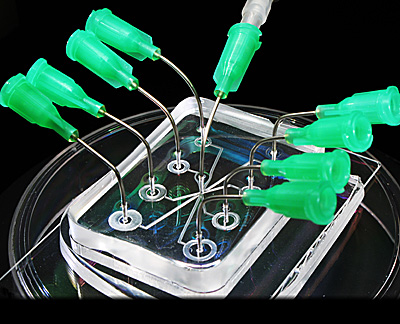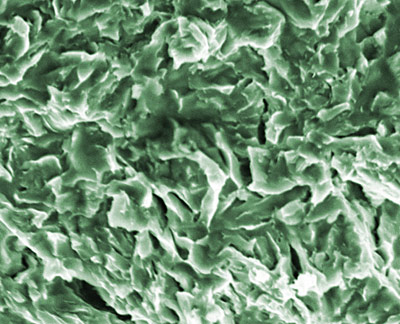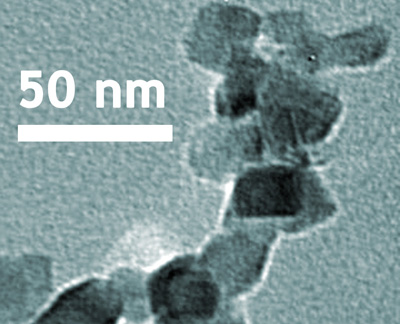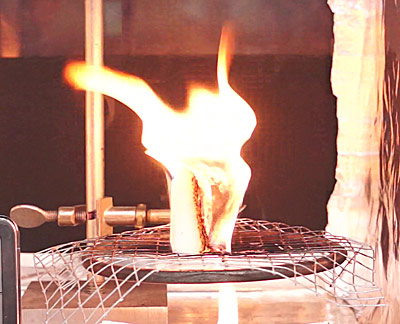Materials Science Portal - OverviewPlastics, carbon nanotubes, high-strength alloys, artificial bone and joint replacements are just some of the emerging materials for which the National Institute of Standards and Technology (NIST) develops testbeds, defines benchmarks, and develops formability measurements and models... Programs and Projects
Membranes for Clean Water
The goal of this project is to develop quantitative measurement methods for determining the structure, dynamics, and mechanical properties of … more
Collagen Films Protocol
Background: Collagen type 1 is the most prevalent extracellular protein in connective tissue, and is part of the family of collagens that are … more
Micro-rheometry
Our goal is to develop and promote the adoption of small-volume rheological methods for complex fluids including bio-fluids, suspensions and … more
Hardness Standardization
Our objective is to standardize and improve hardness measurement both in the U.S. and internationally. NIST is the U.S. National Metrology … more
DNA Origami for Precise Manufacturing of Nanoscale Structures
Over the past decade nanoscale science has produced varied and fascinating nanostructures with an extraordinary range of interesting and useful … more
Broadband CARS Microscopy
The traditional chemical labeling used in optical microscopy can alter cells and materials, thus impeding determination of their true structure, … more Software
GPPois: Gaussian Processes for Poisson-noised data
gppois is a Bayesian tool for learning about a smooth function based on noisy measurements of its values. Users train a model of the … more
RMCProfile Utility Programs
Structure refinements using a Reverse Monte Carlo (RMC) method employ large atomic ensembles to fit experimental data. The method relies on a … more
Electron holography
An electron hologram is a fringe modulated image containing the amplitude and phase information of an electron transparent object. The HolograFREE … more
OOF: Finite Element Analysis of Microstructures
The OOF software provides a finite-element modeling capability to users in the field of materials science. It encapsulates advanced numerical … more |
Video Playlist Contact General Information: 100 Bureau Drive, Stop 1070 |




